Environmental Impact and Sustainability: Airports are more than just gateways for travelers. They represent hubs of economic growth, employment, and international connectivity. However, the development and operation of airports also bring significant environmental challenges. From noise pollution to greenhouse gas emissions, understanding the environmental impact of airports is critical for crafting a more sustainable future for the aviation industry.
This article aims to provide a comprehensive insight into the environmental impact of airports and discusses various measures taken to ensure sustainability in the airport environment.
Environmental Impact and Sustainability: Understanding the Airport Environment
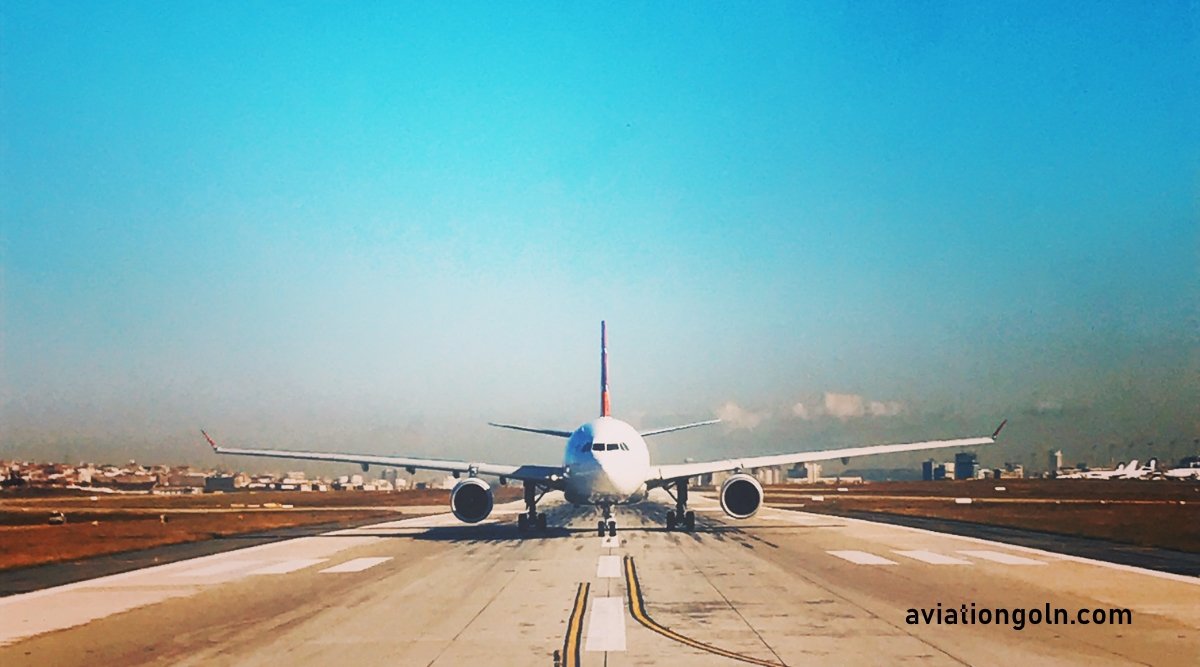
2. Environmental Concerns Related to Airports
a. Noise Pollution
One of the primary environmental impacts of airports is noise pollution. As aircraft take off, land, and sometimes even during taxiing, they produce noise that affects communities living near the airport.
The impact of noise pollution can lead to:
- Disturbance in sleep patterns
- Cardiovascular issues
- Mental health problems
- Decline in property values in areas under flight paths
b. Air Quality
Aircraft, ground vehicles, and support equipment contribute to emissions of various pollutants, including nitrogen oxides, particulate matter, and hydrocarbons. Such emissions have a direct impact on local air quality, posing health risks to residents and contributing to global climate change.
c. Water Pollution
Airports can be sources of water pollution due to:
- Fuel spills
- De-icing chemicals
- Stormwater runoff containing pollutants
These pollutants can harm aquatic ecosystems, contaminate groundwater, and pose health risks.
d. Land Use and Habitat Disruption
Airport construction and expansion can consume vast land areas, leading to habitat destruction and fragmentation. This can significantly affect local flora and fauna, reducing biodiversity.

2. Strategies for Sustainable Airports
a. Noise Management
Modern airports are adopting several strategies to mitigate noise pollution:
- Use of noise barriers or walls
- Implementing flight path alterations to avoid populated areas
- Restricting operations during nighttime hours
- Encouraging the use of quieter aircraft through fee structures
b. Improving Air Quality
To combat emissions, airports are:
- Promoting the use of electric ground support equipment
- Implementing stricter emissions standards
- Using cleaner energy sources for airport facilities
c. Water Management and Pollution Control
Airports are adopting advanced water treatment systems and spill response protocols to minimize contamination. Moreover, the use of environmentally friendly de-icing chemicals and the implementation of efficient stormwater management systems are becoming standard practices.
d. Sustainable Infrastructure Development
Green building concepts, like the use of sustainable construction materials, energy-efficient systems, and green roofs, are being integrated into airport design.
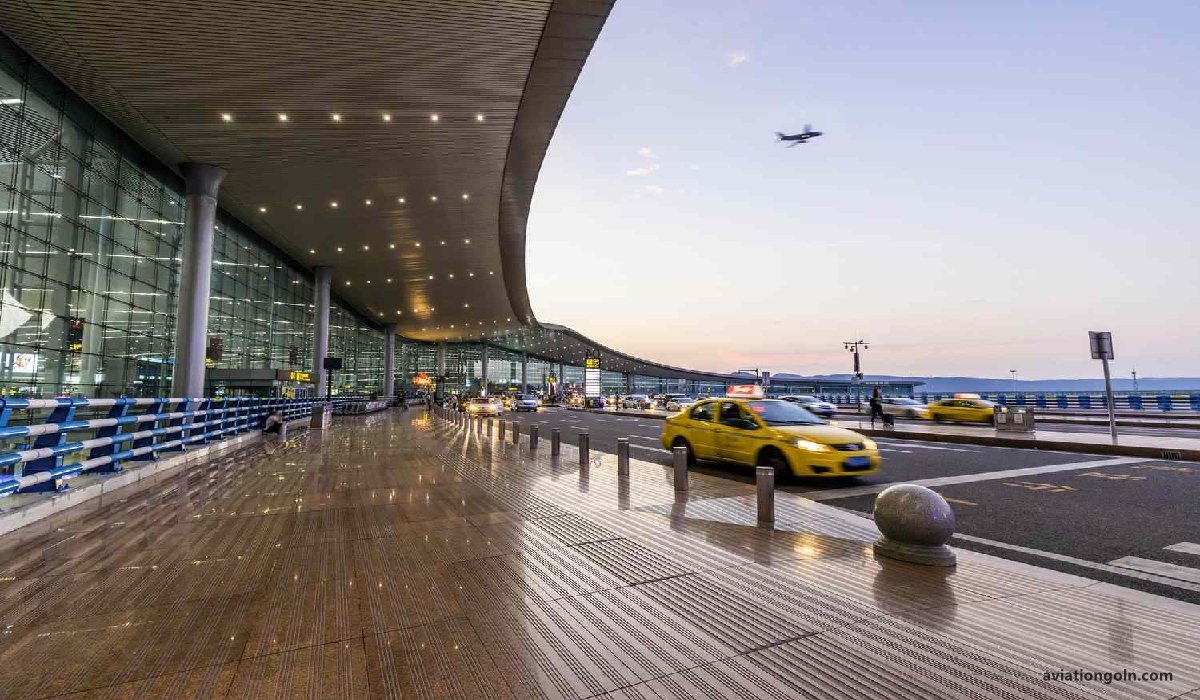
3. Sustainable Transport and Ground Operations
Ground vehicles contribute significantly to airport emissions. As a result, there’s a push towards:
- Electric buses and shuttles
- Green vehicle fleets for airport operations
- Efficient public transportation links to reduce car traffic
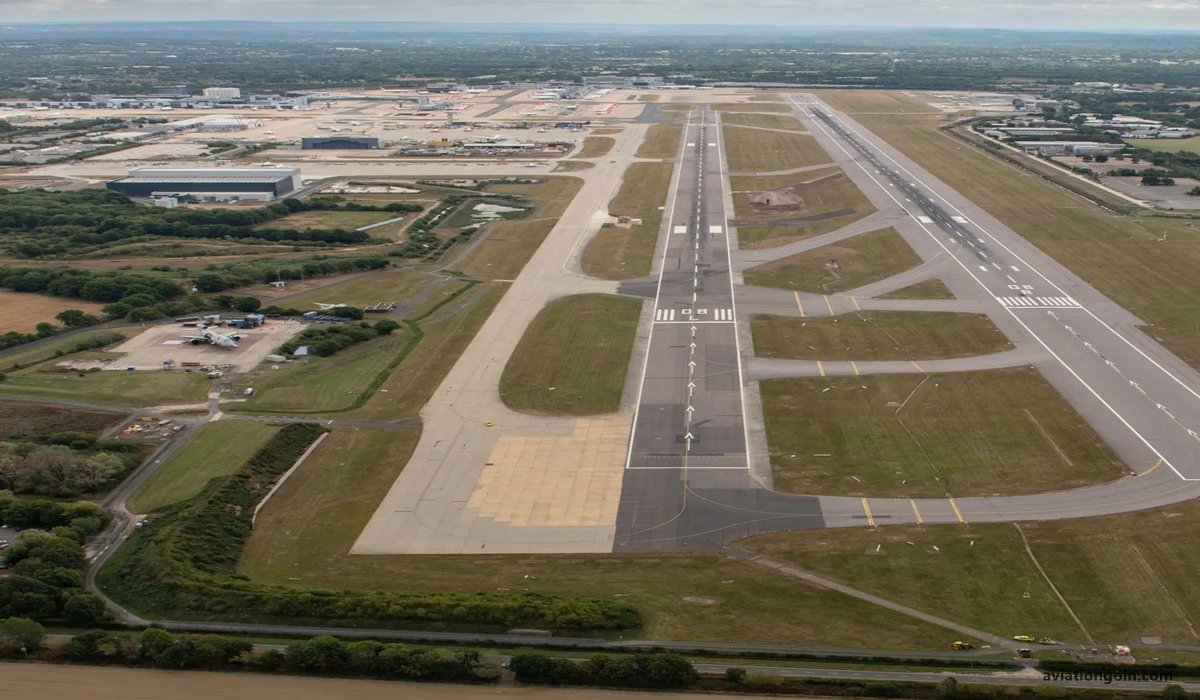
4. Waste Management
Airports generate vast amounts of waste, from food to plastic. Sustainable practices being adopted include:

- Improved recycling facilities
- Reduction of single-use plastics
- Composting organic waste
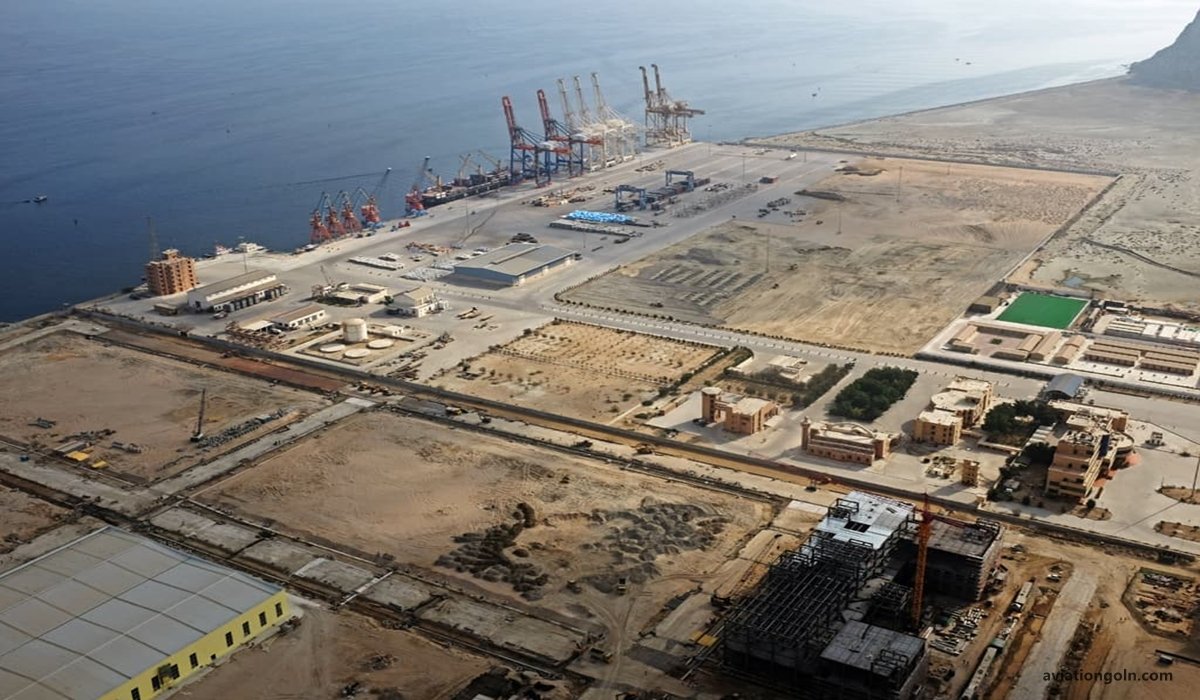
5. Renewable Energy
To reduce carbon footprints, airports worldwide are:
- Installing solar panels
- Utilizing wind energy
- Implementing geothermal and biomass energy solutions
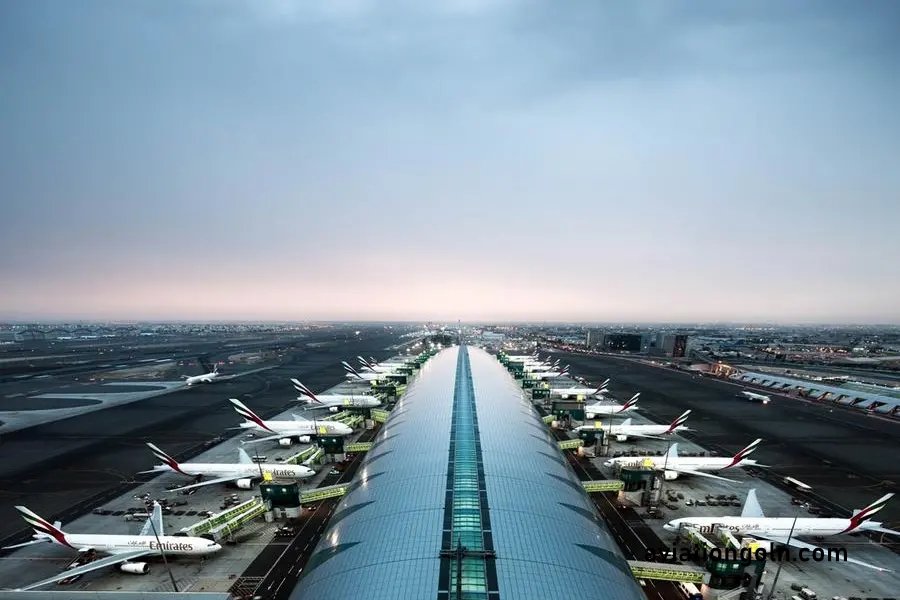
6. Biodiversity Conservation
Some airports are developing biodiversity programs which include:
- Landscaping with native species
- Creating green belts and habitat restoration areas
- Monitoring and protecting local wildlife

7. Engaging with Communities
Building strong relationships with local communities ensures that their concerns, particularly regarding noise and air quality, are addressed. Regular public consultations and transparent environmental reporting help in building trust.

8. Future Innovations
The future of sustainable airports looks promising with innovations like:
- Advanced air traffic management to reduce fuel consumption
- Green taxiing systems, where aircraft are towed to runways to save fuel
- Use of sustainable aviation fuels
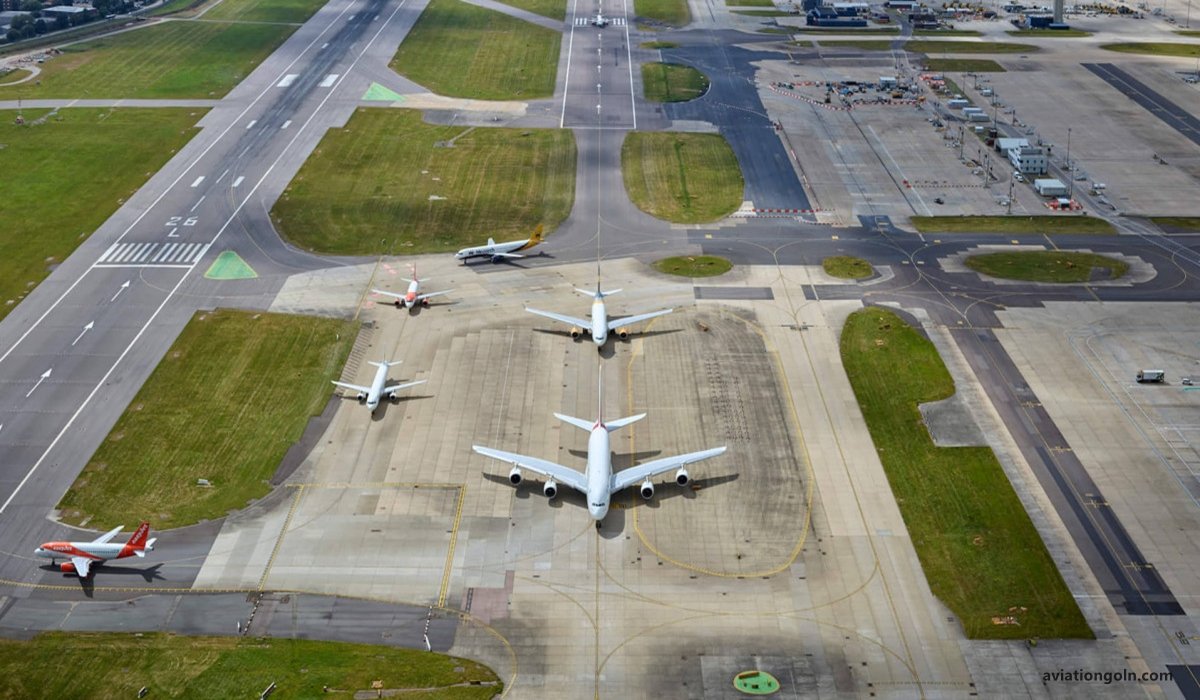
The airport environment, with its intricate operations, has a profound environmental impact. However, with rising awareness and technological advancements, measures are in place to transition towards more sustainable practices. It’s not just about reducing the negative impacts, but actively contributing to a better, more sustainable world. As airports are symbols of connectivity, let them also be symbols of our commitment to a sustainable future.
